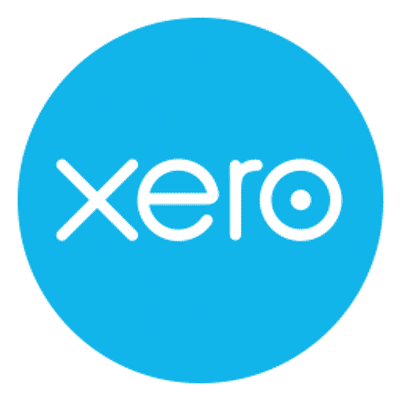BQE Core Suite is a Business Management Software. BQE Core Suite offers Marketing Management, Employee Management, Order Management, Scheduling, Vendor Management and many more functionalities.
Some top alternatives to BQE Core Suite includes Bitrix24, TimeQ, BillQuick, Bizex and BigTime.
Yes, BQE Core Suite provides API.
Yes, BQE Core Suite provides a mobile app.
BQE Core Suite is located in Torrance, CA
BQE Core Suite offers Quotation Based pricing model
Yes, BQE Core Suite can integrate with Quickbooks, Xero, Stripe Billing, Dropbox Business and many more.You can find more integration for BQE Core Suite here
The starting price is not disclosed by BQE Core Suite. You can visit BQE Core Suite pricing page to get the latest pricing.


























